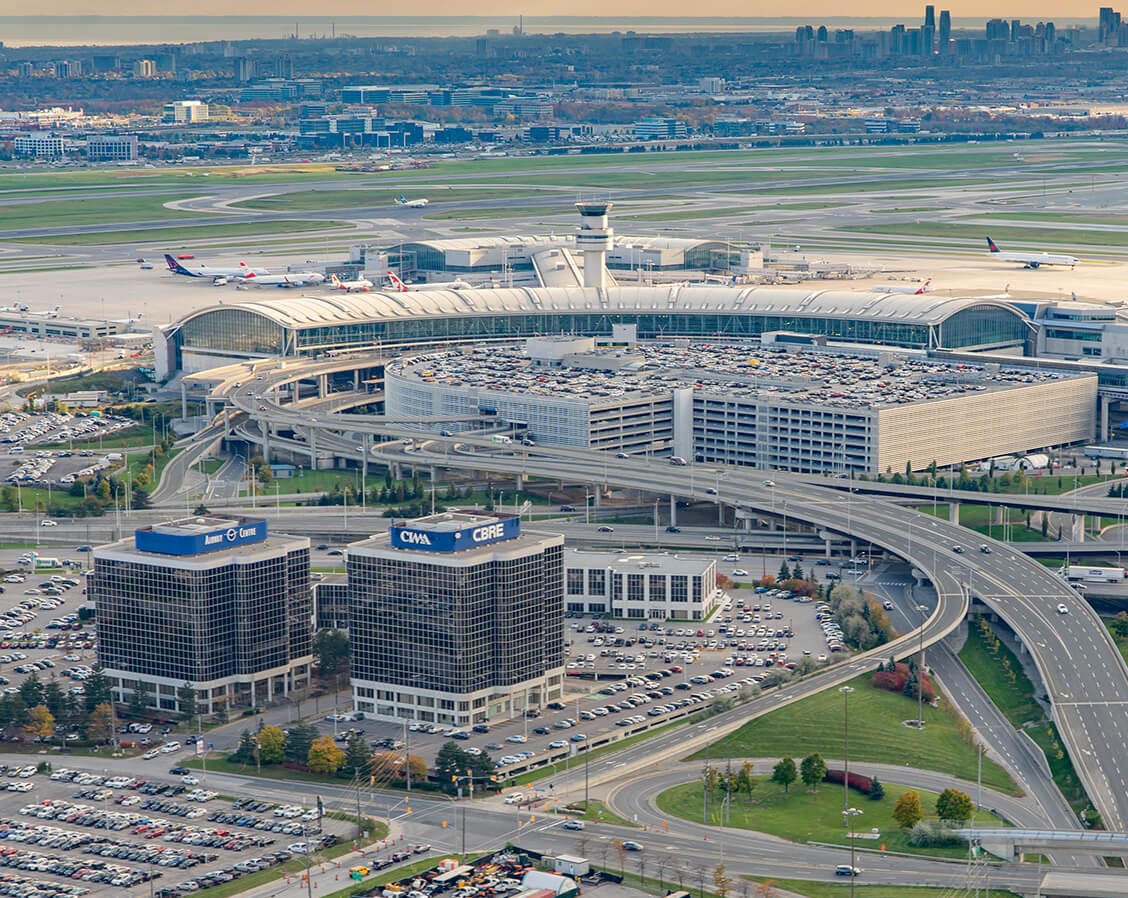Today, Toronto Pearson provided an update on the airport’s operational progress and highlighted innovative programs and pilots aimed at improving the passenger experience.
“These passenger flow improvements at Pearson are being augmented by new technologies, including the launch of YYZ Express which allows passengers to pre-book a spot in line for security screening,” said Deborah Flint, President and CEO, Greater Toronto Airports Authority. “Moreover, later this year, CATSA will pilot a trusted traveller initiative designed to make the security screening experience more convenient.”
Key metric improvements
Pearson continues to see improvements across several key performance metrics, a trend expected to continue or accelerate into the fall.
- The most recent data from the Canadian Air Transport Security Authority (CATSA) for the week of October 10 to 17 indicates that 89 per cent of passengers cleared security in less than 15 minutes, representing a 7-percentage-point increase over the average shared at the airport’s last update on August 5.
- For the week of October 17 to 23, 63 per cent of all flights were on time, versus 44 per cent from the last update. Moreover, just 1 per cent of flights were cancelled during the same time in October.
- Airlines manage baggage delivery, but Pearson has made it an ongoing focus for collaborative improvement. The average wait time for all bags arriving at the carousel from October 17 to 23 was 22 minutes, compared to 26 minutes for the first week of August. International baggage wait times improved by an average of 4 minutes versus the August update, and domestic and transborder baggage wait times improved by an average of 2 minutes each.
- Pearson has moved to 21st on the global FlightAware departure delays ranking versus first place at the height of the industry restart.
The progress made in recent weeks shows that the summer was a transitionary period made particularly challenging by the length of time the Canadian aviation sector was shut down. Pearson is committed to making systematic changes to how passengers move through the airport and across borders by studying global best practices and working with industry partners and the federal government to champion further changes so that Pearson continues to be a global leader in connecting people and businesses.
Not only have the delays and cancellation metrics for flights improved, but Pearson has also delivered on its commitment to increase data transparency to deliver a more seamless experience for passengers. In late September, the airport launched a new live wait-time dashboard that provides passengers with up-to-the-minute wait-time information so they can better plan their journeys. The new dashboard contains live security screening, customs, check-in counter and baggage wait times.
Since the August 5 update, the airport has put the following innovative programs and pilots into place designed to improve passenger flow at the airport.
- YYZ Express is an online reservation program to speed through security screening queues at the airport.
- Pearson created purpose-built student visa processing areas in Terminals 1 and 3 ahead of September’s return to school to move international students more quickly through the airport and reduce congestion for all international arriving travellers.
- Later this year, CATSA will pilot a trusted traveller initiative designed to make the security screening experience more convenient for passengers.
As the traditionally busy holiday travel season approaches, Pearson is committed to working with government and industry partners to deliver a seamless experience for travellers. In the medium-term, Pearson calls on the federal government to support changes to long-term systemic issues, including reopening NEXUS enrollment centres and clearing the backlog of almost 500,000+ applications; taking steps to create a more seamless, digital border; moving international student and visa processing offsite; putting a full trusted traveller program in place for summer 2023; and working with the U.S. Government to return U.S. Customs and Border Protection capacity to pre-pandemic levels.
